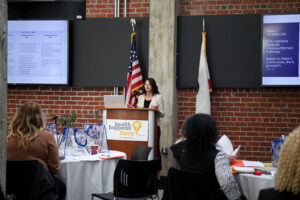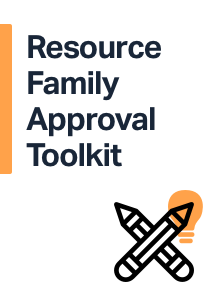The California Department of Social Services recently released its fourth annual report to the legislature on the impact of 2011 realignment on the child welfare system. Before the 2011 realignment, the state and counties shared the non-federal costs of child welfare, foster care and mental health programs. Now, counties are responsible for paying 100% of the non-federal share of costs for these realigned programs. Under the 2011 Realignment, Counties no longer receive any money from the State General Fund for these programs; instead, Counties receive revenue generated by a dedicated share (1.0625%) of the State Sales Tax and a portion of the Vehicle License Fee (VLF). What this means is that post-realignment, the state no longer has a direct fiscal investment in county child welfare programs, as these programs are now tied to the state sales tax and vehicle license fee. It also means that counties have greater flexibility over how funds are spent, allowing counties to reduce or eliminate non-mandatory programs, like Kinship Support Services and THP-Plus, without noticing CDSS. In order to ensure that the legislature was informed of the impacts of flexible funding on foster children across the state, the legislature requires CDSS to provide an annual report to the legislature.
The realignment report itself is an overview of the trends when the data is aggregated up to the state level. Some of the positive statewide trends reported include an increase in kinship placements and an increase in placement stability (which is linked to the increase in kin placements). Some of the concerning statewide trends include a decline in the number of children who are exiting to permanency within the first 12 months. The number has fallen to 35%, which is a far cry from the national standard of 40.5%. In addition, the report indicates there has been an increase in the number of reports of child abuse and neglect, but a decrease in the substantiation rates, suggesting further analysis may be needed to understand those two trend lines and ensure children are being appropriately and safely kept out of foster care.
However to really understand the impact of realignment, it is necessary to review the count-specific data that is available in the attachments to the report. There is great variability among counties for each of the indicators and oftentimes the state level data is misleading. For example, the report states that counties have steadily increased expenditures for Kinship Support Services Programs. However, the county-specific tables on the KSSP program indicate that only 21 counties offer KSSP programs. Further, of those 21 counties, only 4 counties actually increased expenditures for the KSSP program in the 2014-15 fiscal year. The increases were significant, which explains why the KSSP funding overall is shown to be increasing statewide. But, county by county, KSSP programs are either non-existent or, for those that offer the program, the funding is flat or declining. This shows how critical it is to go beyond the annual report and examine the county-level data to really understand the impact of realignment on children in your own jurisdiction.
You can find the report to the legislature here and the report attachments here.








